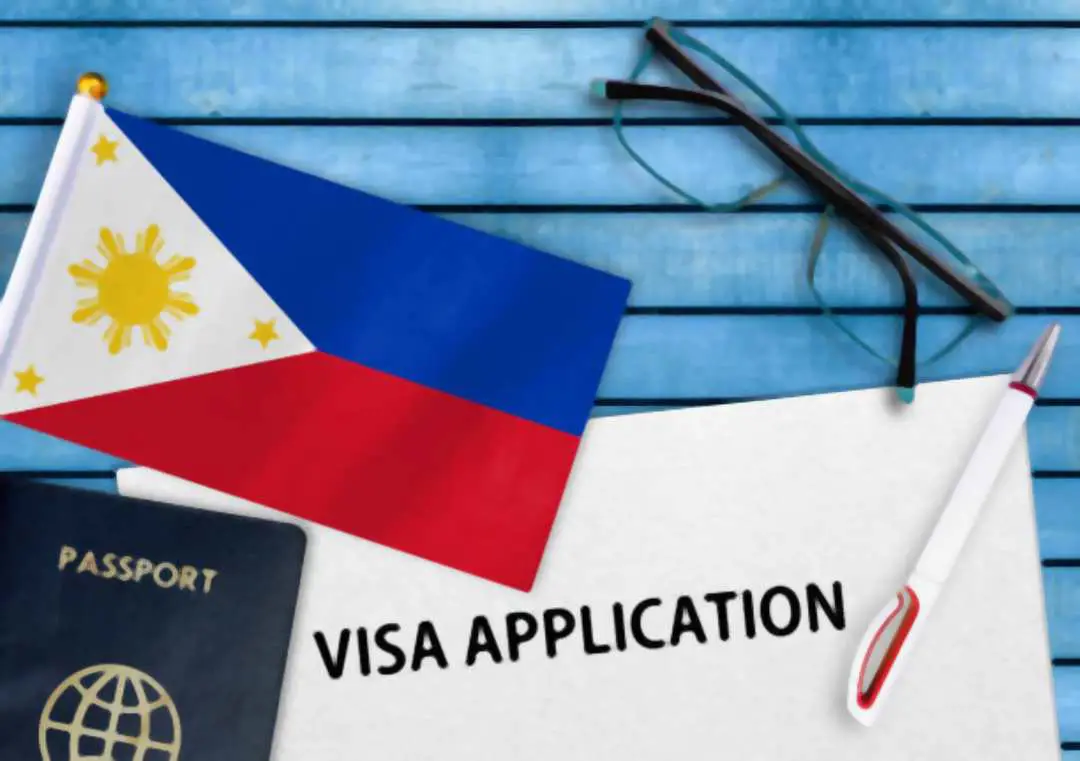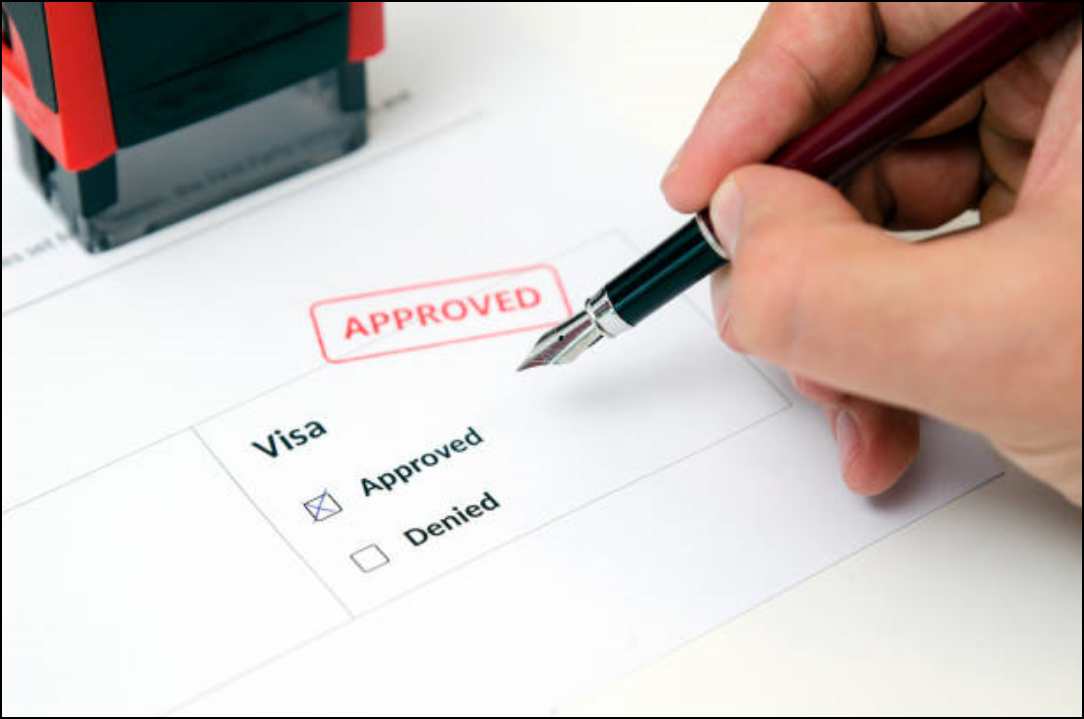For those seeking to live and work in the Philippines, obtaining a Permanent Resident Visa (PRV) can be a goal worth striving for. This type of visa provides the holder with the ability to reside in the country indefinitely, meaning that they can work, own property, and enjoy all the benefits of permanent residency.
However, it’s important to note that while the benefits of a PRV are significant, the holder must comply with all the conditions of the visa for the duration of their stay. Compared to a Temporary Resident Visa (TRV), the validity of a PRV is considerably longer and can provide more stability for those looking to make the Philippines their home.

Benefits of a Permanent Resident Visa
Deciding to become a permanent resident of another country is both exciting and scary. One must consider all the details that go into this change, such as insurance, taxes, healthcare coverage, etc. However, there are some major benefits to having a Permanent Resident Visa (PRV).
- Permanent residency status: With a permanent resident visa, you have the right to live and work in the country permanently.
- Freedom to travel: You can travel in and out of the country without the need for additional visas or permits.
- Access to social benefits: Permanent residents often have access to social benefits such as healthcare, education, and social security.
- Employment opportunities: Having a permanent resident visa can open up more job opportunities and provide stability in your career.
- Path to citizenship: In some cases, a permanent resident visa can be a stepping stone towards acquiring citizenship in the country.
Please note that the specific benefits may vary depending on the country you are applying for permanent residency in.
Permanent Visa Eligibility
To be eligible for this visa, the applicant must demonstrate the following requirements:
- The applicant must have entered into a valid marriage with a Philippine citizen, recognized as such under existing Philippine laws.
- The applicant should have a clean record with no derogatory information against them in any local or foreign law enforcement agency.
- The applicant must not be afflicted with any dangerous, contagious, or loathsome disease.
- The applicant should possess sufficient financial capacity to support a family and must not pose a burden on public resources.
- The applicant must have been granted entry into the Philippines and authorized by immigration authorities to stay.
Please note that this visa is exclusively available to citizens of countries that extend permanent residence and immigration privileges to Philippine citizens.

Cost of a Permanent Resident Visa in the Philippines
a. PRINCIPLE APPLICANT: PHP 8,620.00
b. DEPENDENT-SPOUSE: PHP 8,620.00
c. DEPENDENT-B16: PHP 8,370.00
d. DEPENDENT-B14: PHP 7,870.00
Be aware that this is subject to change without prior notice. Additionally, there may be additional processing fees based on the type of visa you are applying for.
Also read: A Guide to Extending Your Long-Stay Visitor Visa (LSVVE): Step-by-Step Instructions
Where to Apply for a Permanent Resident Visa?
You have two options for obtaining a visa in the Philippines. Firstly, you can apply at an Embassy or Consulate of the Philippines abroad. Alternatively, you can enter the country with a regular Tourist Visa and then convert it at the Bureau of Immigration into the specific visa type you require. Both options provide avenues for acquiring the necessary visa based on your needs.
How Long Does It Take to Get a Permanent Resident Visa?
The processing time for your application is approximately 2-3 months. Consulates usually take about 2-3 weeks to review the 13a visa application form and the required documents. Once the 13a visa application is complete, the Consulate will schedule an in-person interview with the applicant and their Filipino spouse.
List of Countries that have a Reciprocity Agreement with the Philippines
The countries listed below offer Filipinos the opportunity for permanent residence and immigration benefits:
- Algeria
- Argentina
- Australia
- Austria
- Belgium
- Belize
- Bolivia
- Botswana
- Bosnia and Herzegovina
- Brazil
- Canada
- Cape Verde
- Chile
- Colombia
- Costa Rica
- Croatia
- Cuba
- Czech Republic
- Denmark
- Ecuador
- Egypt
- El Salvador
- Estonia
- Finland
- Fiji
- France
- Gabon
- Germany
- Greece
- Guatemala
- Honduras
- Hong Kong SAR
- Indonesia
- Iraq
- Ireland
- Iceland
- Israel
- Italy
- Japan
- Latvia
- Lesotho
- Libya
- Lithuania
- Luxembourg
- Macau SAR
- Malaysia
- Malta
- Marshall Islands
- Mexico
- Micronesia
- Monaco
- Montenegro
- The Netherlands
- New Zealand
- Nicaragua
- Nigeria
- Northern Mariana Islands
- Norway
- Oman
- Papua New Guinea
- Paraguay
- Peru
- Russia
- Saudi Arabia
- Senegal
- Serbia
- Singapore
- Slovak Republic
- Slovenia
- South Africa
- Spain
- Suriname
- Sweden
- Switzerland
- Thailand
- Trinidad and Tobago
- Tunisia
- Turkey
- United Kingdom
- Uruguay
- USA
- Venezuela
These 82 countries offer permanent residence and immigration privileges to Filipinos, with varying requirements for application.
Tips for Obtaining a Permanent Resident Visa
For those interested in settling in another country, obtaining a permanent resident visa is often the cornerstone of the process.
Here are some tips for obtaining a Permanent Resident Visa:
- Research the requirements: Understand the specific eligibility criteria and documentation needed for the country you are applying to.
- Seek professional advice: Consider consulting an immigration lawyer or expert to guide you through the application process and ensure all requirements are met.
- Prepare your documents: Gather all the necessary documents, such as identification, proof of residency, employment history, and educational qualifications.
- Complete the application accurately: Take your time to fill out the application form correctly, providing truthful and accurate information.
- Follow instructions: Pay close attention to the instructions provided by the immigration authorities and submit all required documents within the specified timeframe.
- Be patient and persistent: The process of obtaining a Permanent Resident Visa can be lengthy and complex. Stay patient and follow up on your application’s progress regularly.
- Maintain a clean record: Adhere to the laws and regulations of your current country of residence and ensure you have a good immigration and criminal record.
- Demonstrate ties to the country: Highlight your intention to integrate into the society and contribute to the country’s economy and community.

Remember, each country has its own specific requirements and procedures, so it is essential to do thorough research and seek guidance tailored to your circumstances.
Video: PHILIPPINES Permanent Residency VISA!
Watch this video to get all the information you need about Permanent Residency Visas for the Philippines!
Frequently Asked Questions
1. What is a Permanent Resident Visa in the Philippines?
A: A Permanent Resident Visa (PRV) in the Philippines is a document that grants non-Filipino nationals the right to permanently reside in the country.
2. How can I apply for a Permanent Resident Visa in the Philippines?
A: To apply for a PRV, you need to submit the necessary documents and meet the eligibility requirements set by the Philippine Bureau of Immigration. The application process involves completing forms, paying fees, and attending interviews.
3. Can I work in the Philippines with a Permanent Resident Visa?
A: Yes, a PRV allows you to work in the Philippines without the need for an additional work permit. However, certain professions may require additional licenses or certifications.
4. Can I bring my family members with me under a Permanent Resident Visa?
A: Yes, you can include your eligible family members in your PRV application. This allows them to reside in the Philippines as well, subject to the same conditions and privileges.
5. Can I travel in and out of the Philippines with a Permanent Resident Visa?
A: Yes, as a permanent resident, you are allowed to travel in and out of the Philippines, provided you have a valid passport and comply with any necessary immigration requirements of the destination country.
6. Can a Permanent Resident Visa in the Philippines be revoked or canceled?
A: Yes, a PRV can be revoked or canceled if the holder violates the conditions of the visa or engages in illegal activities. It is important to abide by the laws and regulations of the Philippines to maintain your permanent resident status.
Summary
For those seeking to live and work in the Philippines, obtaining a Permanent Resident Visa (PRV) can be a goal worth striving for. This type of visa provides the holder with the ability to reside in the country indefinitely, meaning that they can work, own property, and enjoy all the benefits of permanent residency.
However, it’s important to note that while the benefits of a PRV are significant, the holder must comply with all the conditions of the visa for the duration of their stay. Compared to a Temporary Resident Visa (TRV), the validity of a PRV is considerably longer and can provide more stability for those looking to make the Philippines their home.